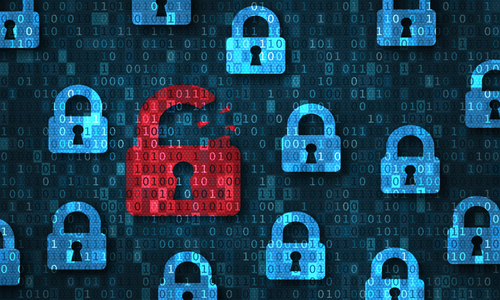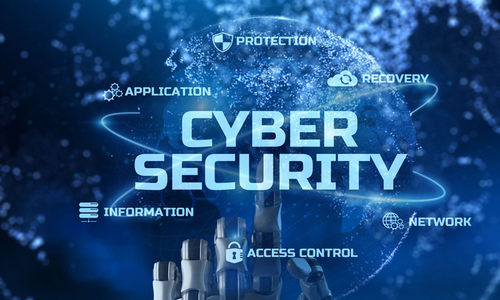The constantly flourishing digital era has drawbacks enough to cause a nuisance to an organization rather than benefitting it. An increasing number of remote workforces, especially in the post pandemic era has enhanced the exposure of sensitive data. In the absence of technical access controls, opportunities to meddle with others’ data are immense on the user’s end. Cybercrime is on the rise keeping pace with the rapid digital transition of businesses. Even negligible cyber attacks have the ability to turn an organization’s workflow topsy-turvy.
The previous two years of the pandemic threw light on the cyber security gaps which so long remain ignored. It showed a hike in data breaches due to the widespread prevalence of work-from-home during that period. The common mistake that organizations make, is to prioritize the provision of data over its protection. Constraints must be applied to data and information access to keep them out of malicious cyber users’ reach.

How to protect confidential data from Cyber Attacks?
An organization should aim to expose its valuable information containing databases, the least. Given below are the most efficacious tips that can help an enterprise secure its business data in the long run. Cyber attacks often lead to bankruptcy and therefore, must be prevented by any means.
Back up
The most common but cost-effective method is to keep a backup of the data, which are the assets of an organization. It ensures speedy recovery of data on the occasions of cyber issues. Organizations shouldn’t rely on a single backup method but deploy different means. They need to set annual, weekly, and quarterly schedules for storing backups in the cloud or any other portable devices. Regular checking of backups is necessary to ensure that there aren’t any restoring or other issues. Users should disconnect the portable storage devices from the computer for security against theft. Multi-factor authentication and advanced encryption techniques are recommended for cloud storage security.
Updated security
Firstly, cyber security calls for limiting phishing and spam emails by turning on spam filters. Such emails are potential information hacking sources. Thus, organizations should introduce an automation of updating security software and operating systems. This helps in detecting security flaws. Firewall setting is another effective method for the security checking of outgoing and incoming traffic. Thirdly, data encryption needs to be activated while sharing and storing data . This requires the organization to activate the route settings, or install VPN software in the computing devices.
Strong authentication
Multi-factor authentication improves the standard of data protection of an enterprise. It is a method of verifying the genuineness of users. In this process one is asked to provide multiple identity proofs for accessing the websites or online accounts concerned. This acts as an additional security layer. The need for inserting password to receive the access code is an example of such authentication.
Phrases vs. words
The usage of phrases instead of passwords has turned out to be effective for business information containing accounts. 14-character length passphrases are considered ideal for information seurity provided it comprises special characters, numbers, lower and upper case letters. Use of passphrases unique to their respective accounts is the key to maintaining data privacy.
Effective monitoring
Keeping track of every software and equipment of an organization plays a vital role in data security. It is essential for eliminating sensitive information from discarded software and device, that is no longer used by the organization. These devices must be disconnected from the network. If they are kept connected they might facilitate the intrusion of cyber criminals. It is further wise to deprive employees from the access of information which they need no longer when they take up different roles or leave the organization.
Security policies
Initiation of cyber security policies is a must to set a yardstick for the data users in an organization. This makes them aware of the data protection requisites while using the internet to access business accounts, or data sharing. CISSP Training and other such programs are beneficial to acquire the knowledge required for introducing such policies. Trained individuals can teach fellow employees. So, that they become more aware of cyber security and act in accordance with it while executing their functions. It is the best way to prevent data security breaches from occurring in future. Training programs make one knowledgeable in identifying cyber threats.
Consumer data
Securing the privacy of consumer data is one of the prime concerns of an organization. Customers get attracted to companies that assure them of a secure environment for online transactions and sharing of personal information. Organizations that employ individuals possessing CCSP or relevant cyber security certifications have a relatively high client base.
An insurance policy for cyber attacks isn’t a prevention but a cure to the resultant financial losses. Organization staff or management can include claims in the insurance coverage based on the previously faced issues. The aforementioned tips are more fruitful, after all prevention is always better than cure.



